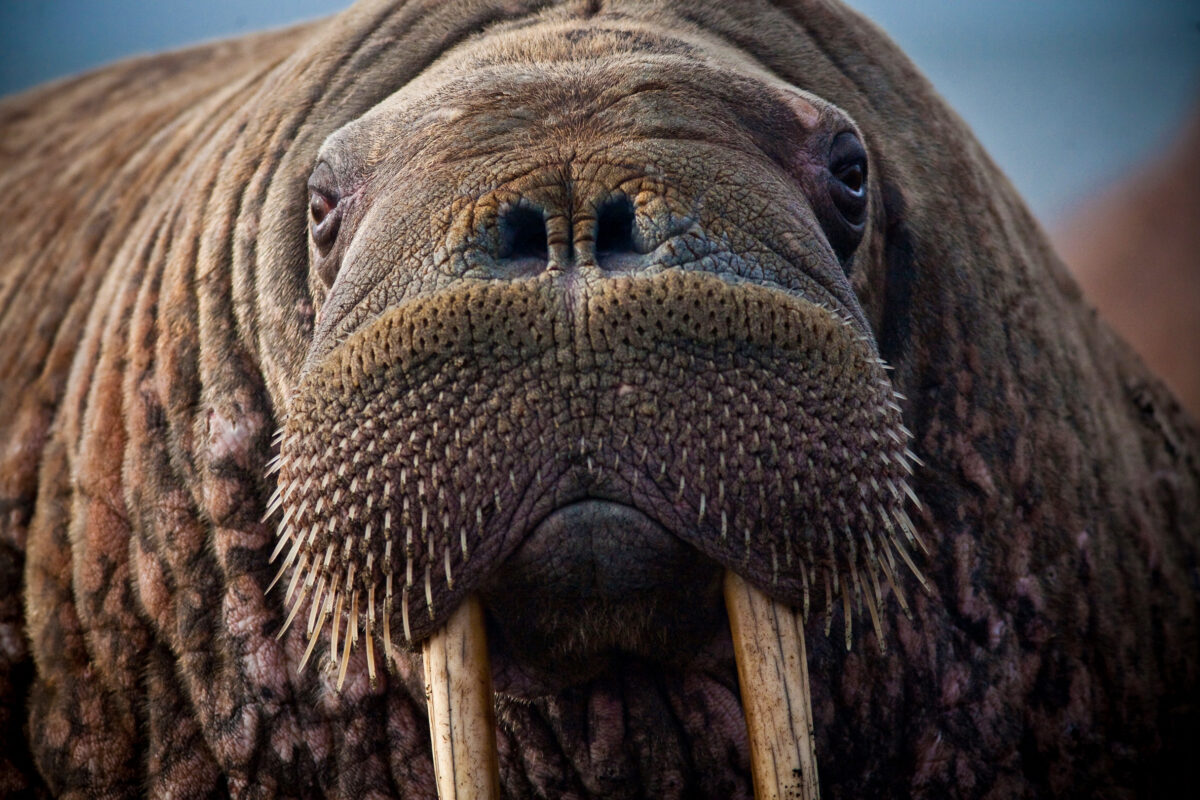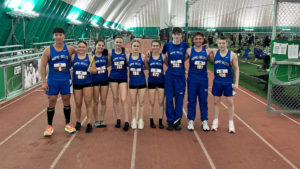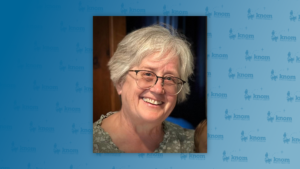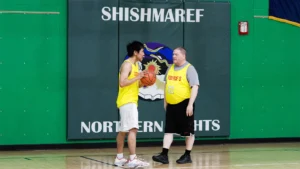The Sea Ice for Walruses Outlook, or SIWO, team is comprised of Amy Hendricks, a climate scientist at UAF, and Nathan Kettle, an expert in climate adaptation at UAF. SIWO led a Strait Science presentation addressing the connected issues of sea ice, weather and walruses in the Bering Strait region.
The outlook was created in 2010 to serve as a web-based resource for Alaska Native communities and other stakeholders interested in sea ice and walruses in northwest Alaska, and to support National Weather Service sea ice forecasts via feedback from community observers, according to the UAF website.
Sea ice conditions in the Bering Sea, over time, have become far more unpredictable and far more dangerous to navigate — especially for subsistence hunting, Hendricks said. The outlook combines what hunters on the ground have seen, along with some of the latest data collected by the federal government.
“This product, the Sea Ice for Walrus Outlook, is really unique in that it takes local observations from walrus hunters and former walrus hunters in the Bering Strait region — and it puts that next to alongside of National Weather Service forecasts,” Hendricks said. “They give forecasts of the sea ice age, extent, wind forecast temperature, and really great satellite imagery of the region.”
Hendricks added that data routinely comes in from seven Bering Strait communities — Brevig Mission, Diomede, Gambell, Nome, Savoonga, Shishmaref and Wales. The outlook becomes available in the spring.
“Every year there are local observers,” Hendricks added, “(There’s) an informal advisory team, and the managers and all the partners get together twice a year. So, the SIWO is only available in the spring, during the spring walrus hunting season, typically mid-to-late March to mid-June or so.”
Steve Lizak with UAF Northwest Campus spoke during the question-and-answer portion of the lecture. He said a dictionary of sea ice terms would be helpful to both scientists and laypeople involved in research.
“I love the idea of a of a sea ice dictionary,” Lizak said. “I think that’s great. And I’ll also add, as an academic myself, sometimes we academics, when we’re working in Indian country, have a bad habit of taking things that are well known to the folks in communities where we’re working in — and then we write it up in really fancy language, we publish it and boom, it is science and it’s totally illegible to someone who doesn’t have a Ph.D.”
One of the main goals of the program is to identify broad lessons and provide information to coastal communities in western Alaska.
“I spoke with local observers, spoke with the informal advisory team, the SIWO manager and partners,” Hendricks said. “That’s really good information there. I had a questionnaire and we put that out on Facebook as well and got in touch with tribal offices and had them help distribute the link or the questionnaire. That helped to fill in some gaps.”
More information can be found on the Alaska Center for Climate Assessment & Policy website, hosted by UAF.
Image at the top: Close-up photo of a walrus’ face. Photo courtesy of Pixabay, public domain.





